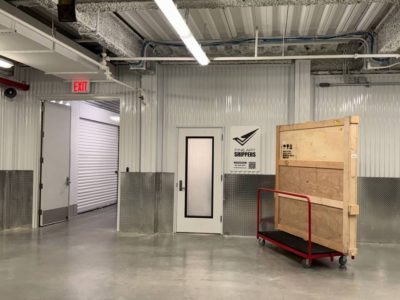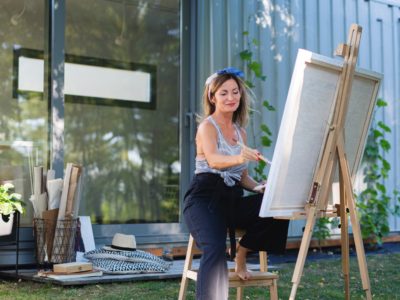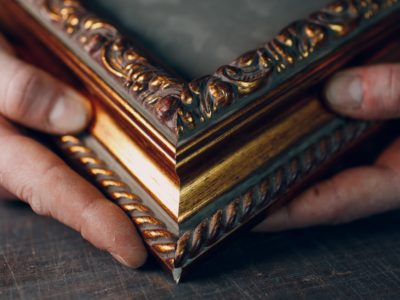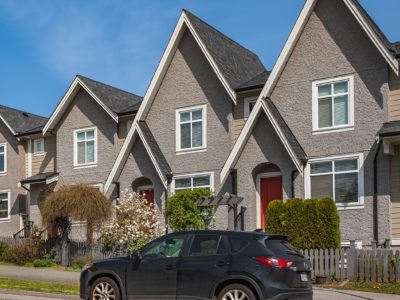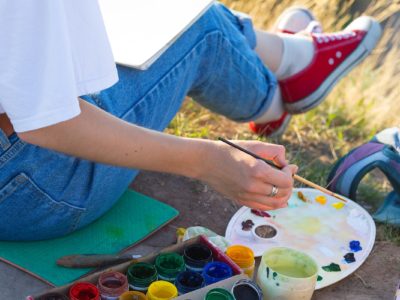Owning a home in Canada comes with moments of pride, a sense of stability, and more responsibility than many first-time buyers expect. Whether you live in a century-old Toronto semi, a Vancouver townhouse battered by coastal weather, or a prairie bungalow that sees both scorching summers and punishing winters, your home constantly works behind the scenes to keep you safe, warm, and comfortable. The more you understand how to maintain these systems, the longer your home will support you without expensive surprises.
What follows is a practical, uplifting guide to the kinds of knowledge every Canadian homeowner should have in their back pocket. Think of it as your toolkit for protecting your investment and making life smoother year-round.
Seasonal challenges that shape every Canadian home
Canada's climate demands a very proactive approach to maintenance. Homeowners here have to think ahead by months if they don't want to experience extremely costly emergencies.
The most important habit is one of early preparation for winter. Weatherproofing windows, checking levels of insulation, and ensuring the furnace is clean and operational can prevent heat loss and keep energy bills predictable. In older homes, tiny gaps around frames and foundations add up quickly, so annual spot checks are essential.
Summer brings a different set of challenges. Indoor moisture from humidity causes mold, warped flooring, and peeling paint. A simple dehumidifier can save thousands in repairs in a basement. Air conditioning systems also deserve regular servicing to ensure efficient running during heat waves.
Home systems that require year-round attention
Even the best-built houses require regular maintenance of their mechanical systems. Many problems don't begin as emergencies; they begin as small inefficiencies that snowball over time.
Take plumbing, for example. Hard water, common in so many regions of Canada, slowly builds mineral deposits in the pipes and appliances. A yearly flush of the water heater will increase longevity and improve efficiency. Watching for slow drains, odd pipe noises, or unexplained moisture helps you catch problems before they become major leaks.
And of course, electrical systems need periodic checks. Older homes often operate modern appliances on outdated wiring, which can overload circuits. It's wise to hire a licensed electrician to inspect the panel every few years—an investment not just in convenience, but in safety as well.
Everyday habits that protect your home long term
These little things you do on a weekly or monthly basis accumulate into fewer repairs and a far more comfortable living environment. Simple routines like keeping drains clear, checking smoke detector batteries, and wiping down bathroom surfaces to prevent moisture buildup go a long way.
As your house gets older, you'll find exterior maintenance is equally important. Wooden decks require sealing, fences require tightening, and siding benefits from an occasional wash. All these tasks serve to keep the surface integrity strong and resistant to weather damage.
Most homeowners are guilty of neglecting roof drainage, but it is important in preventing structural problems. Learning how to clean gutters is one of the easiest ways to prevent water from pooling around the foundation or backing up under shingles during storms. A few minutes of preventive care each season can save thousands in long-term repairs.
Outdoor systems Canadians often forget about
Yards, driveways, and exterior buildings take just as much attention as the home itself. Harsh winters can crack concrete, loosen pavers, and rot wooden structures. Checking for potholes or shifts in hardscaping each spring not only prevents injuries but also keeps the property looking visually appealing.
Lawn care varies across provinces. Where snowfall is heavy, snow mold could develop in spring and needs to be raked out and reseeded. Residents near coastlines may experience salt damage and must select weather-resistant plants and materials.
And don't forget about those sheds and detached garages. These areas tend to become storage places for outdoor tools, chemicals, and equipment. Keeping them dry, locked, and well-ventilated avoids rust, mold, and pest issues. Even small leaks can ruin expensive items and lead to some unpleasant surprises if they aren't addressed during seasonal changes.
When it’s time to call a professional
While Canadian homeowners are capable of performing many upkeep tasks themselves, knowing when to call in a professional is just as important as learning how to handle simple repairs. A skilled tradesperson can identify structural or mechanical problems long before they become visible.
One area where expert inspections are particularly useful involves roofing: snow load, ice dams, and windstorms all take a toll on shingles. A professional roofer can spot weaknesses that might cause leaks in winter or damage during heavy rains.
Servicing HVAC systems, including furnaces and air conditioners, once a year will help keep them operating efficiently and prolong their lifespan as well. Plumbing issues that involve major leaks, sewage concerns, or low water pressure should also be handled by licensed technicians.
And even if you are comfortable doing repairs yourself, hiring a certified inspector every few years is one of the smartest decisions you can make. They can evaluate the entire home, including the parts you rarely see.
Conclusion
Being a homeowner in Canada isn’t just about paying a mortgage—it’s about actively caring for the structure that protects you from some of the world’s most extreme seasons. With the right habits, awareness, and seasonal routines, your home will remain comfortable, safe, and financially stable for years to come.

